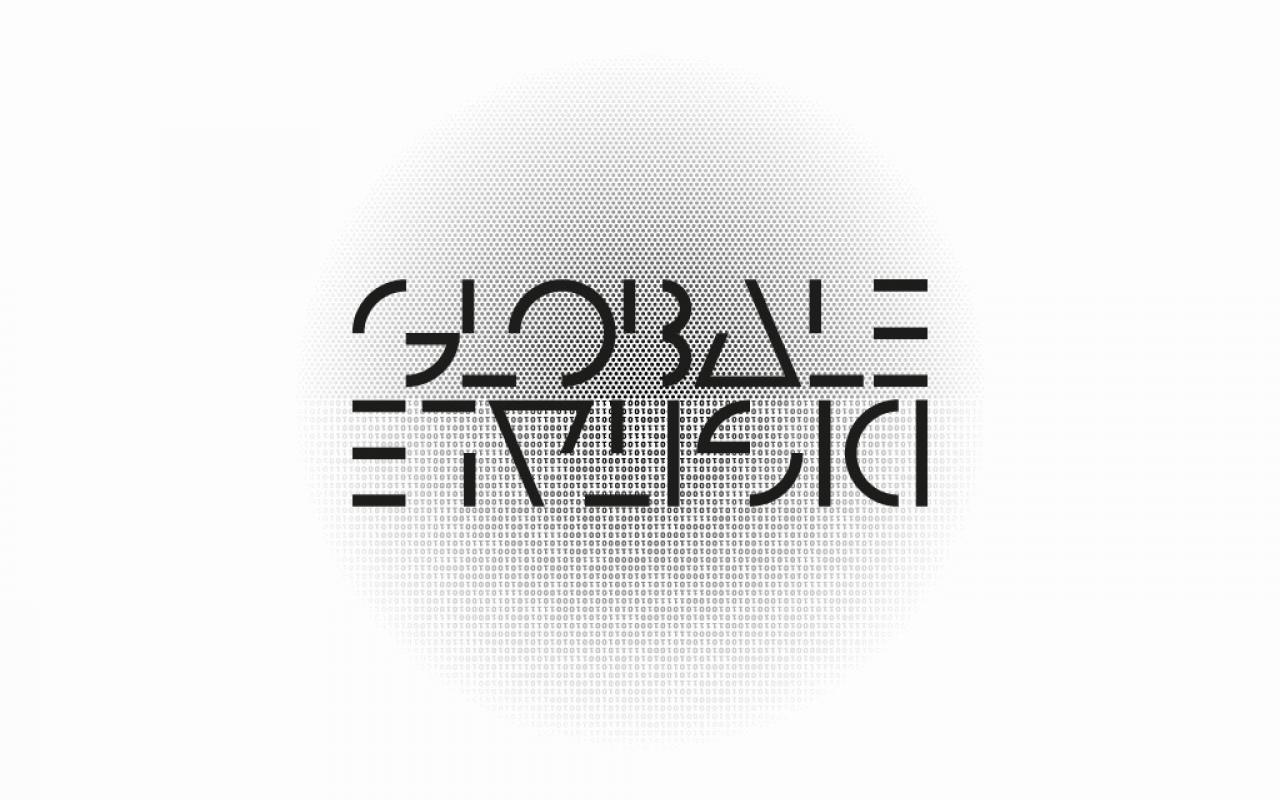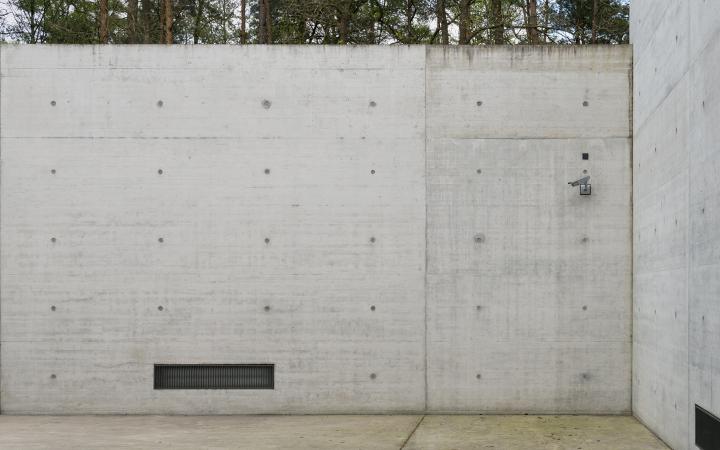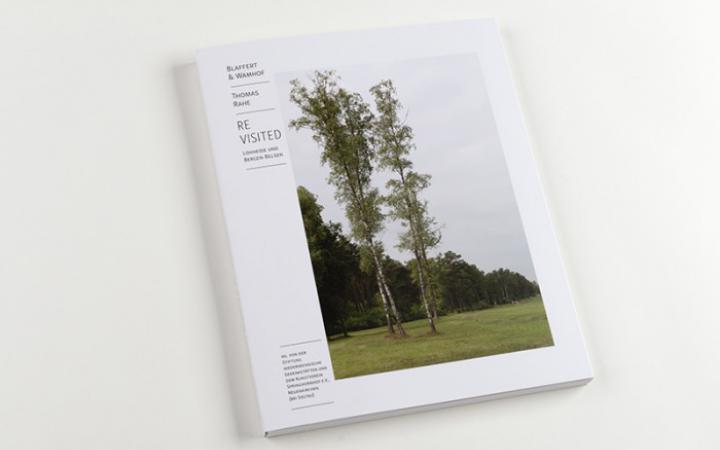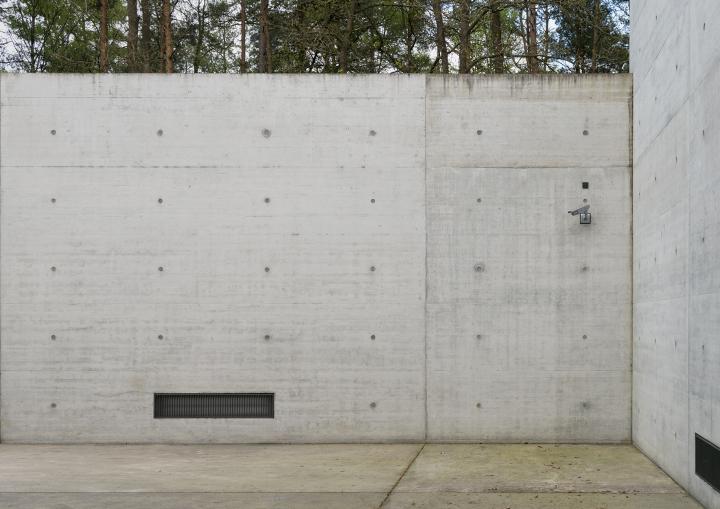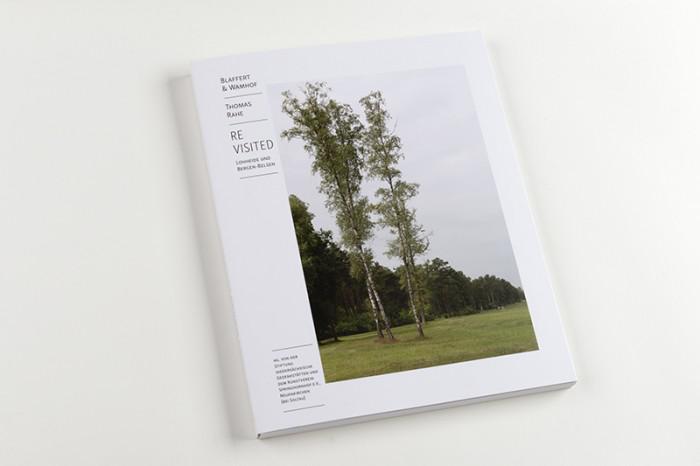Blaffert & Wamhof: Versuch – Bergen-Belsen
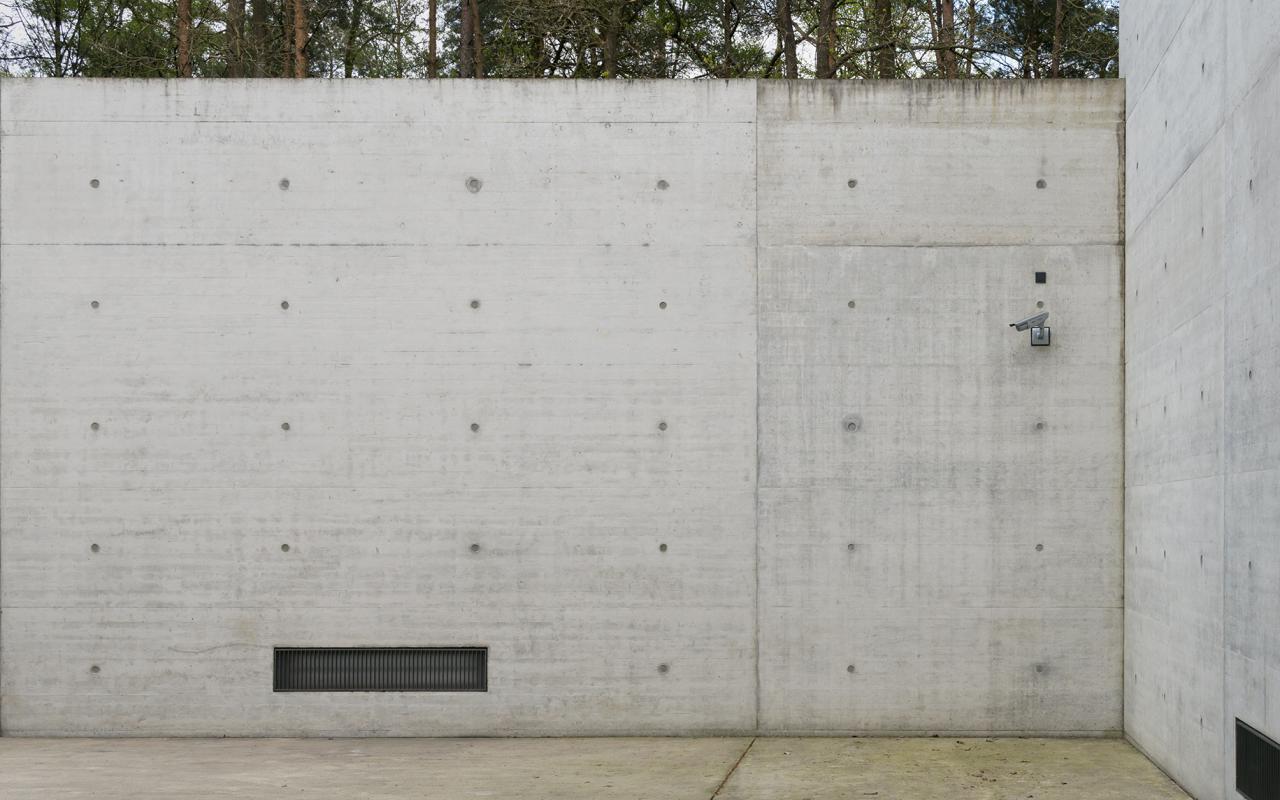
Fri, June 19, 2015 – Fri, September 18, 2015
As chroniclers of a perpetual farewell, Blaffert & Wamhof have been working on documentaries of the withdrawal of the British Armed Forces form Germany since 2007. The focus of their artistic work turns on such subjects as landscape, architecture and the human being. The artists are less interested in the military aspect here, but far more the traces of everyday life in what, to the outsider, appears as a closed community in a period of historical transition. They thus become witnesses to a moment of transition – a moment of the »no longer« and »not yet«.
For the current project, the artists selected the garrison Bergen-Hohne due to its geographical proximity to the concentration camp Bergen-Belsen. This additional dimension of historical transition and compression facilitates another, more artistically differentiated analytical encounter with an otherwise familiar subject. The Bergen–Hohne garrison is located close to a large military training area established by the Wehrmacht during the 1930s. Parts of the barracks from the construction phase served the National Socialists as accommodation for prisoners of the concentration camp Bergen-Belsen during World War II. Following the liberation of the camp in 1945, the British Army took over the Wehrmacht military barracks in neighboring Bergen as well as in Fallingbostel.
In this case, the focus of Blaffert & Wamhof’s artistic work is landscape and architectural shots in the immediate vicinity of the troop training ground as well as shots of parts of the barracks. In addition to the location of the British Army, what interests them more in the already photographed locations in Bergen-Hohne is the tracing and securing of the area’s history, which here plays a more important and impressive role for a number of reasons. This year, the liberation of the concentration camp by the British Armed Forces will go into its seventy-year anniversary: another reason to take up and deepen one’s knowledge of the subject. Many buildings on the grounds of the Bergen-Hohne base were used as Displaced-Person-Camps in the years between 1945 and 1950, and as an emergency hospital.
The series »Versuch: Bergen-Belsen« [Experiment: Bergen-Belsen] comprises the first sketches of the project to photographically record and comprehend a location of historically momentous significance without seeking historical material. Photographs and documents produced during the preparation of the documentary ‘Bergen-Hohne’ are displayed. Throughout the exhibition period, artists will be introducing additional works; thus, during the exhibition the attempt at a documentary will be made visible as a process.
Following their presentation at the ZKM, the photographs will later be on display in the documentary center of the Bergen-Belsen memorial site.
An accompanying publication with texts by Bettina von Dziembowski and Thomas Rahe has been released:
»REVISITED. Lohheide and Bergen-Belsen«
128 pages, 71 color photographs, 20 black and white photographs,
Ed. Stiftung niedersächsische Gedenkstättenand Kunstverein Springhornhof e.V., Neuenkirchen (Soltau), 2016
ISBN 978-3-9813604-5-5
For the current project, the artists selected the garrison Bergen-Hohne due to its geographical proximity to the concentration camp Bergen-Belsen. This additional dimension of historical transition and compression facilitates another, more artistically differentiated analytical encounter with an otherwise familiar subject. The Bergen–Hohne garrison is located close to a large military training area established by the Wehrmacht during the 1930s. Parts of the barracks from the construction phase served the National Socialists as accommodation for prisoners of the concentration camp Bergen-Belsen during World War II. Following the liberation of the camp in 1945, the British Army took over the Wehrmacht military barracks in neighboring Bergen as well as in Fallingbostel.
In this case, the focus of Blaffert & Wamhof’s artistic work is landscape and architectural shots in the immediate vicinity of the troop training ground as well as shots of parts of the barracks. In addition to the location of the British Army, what interests them more in the already photographed locations in Bergen-Hohne is the tracing and securing of the area’s history, which here plays a more important and impressive role for a number of reasons. This year, the liberation of the concentration camp by the British Armed Forces will go into its seventy-year anniversary: another reason to take up and deepen one’s knowledge of the subject. Many buildings on the grounds of the Bergen-Hohne base were used as Displaced-Person-Camps in the years between 1945 and 1950, and as an emergency hospital.
The series »Versuch: Bergen-Belsen« [Experiment: Bergen-Belsen] comprises the first sketches of the project to photographically record and comprehend a location of historically momentous significance without seeking historical material. Photographs and documents produced during the preparation of the documentary ‘Bergen-Hohne’ are displayed. Throughout the exhibition period, artists will be introducing additional works; thus, during the exhibition the attempt at a documentary will be made visible as a process.
Following their presentation at the ZKM, the photographs will later be on display in the documentary center of the Bergen-Belsen memorial site.
An accompanying publication with texts by Bettina von Dziembowski and Thomas Rahe has been released:
»REVISITED. Lohheide and Bergen-Belsen«
128 pages, 71 color photographs, 20 black and white photographs,
Ed. Stiftung niedersächsische Gedenkstättenand Kunstverein Springhornhof e.V., Neuenkirchen (Soltau), 2016
ISBN 978-3-9813604-5-5
